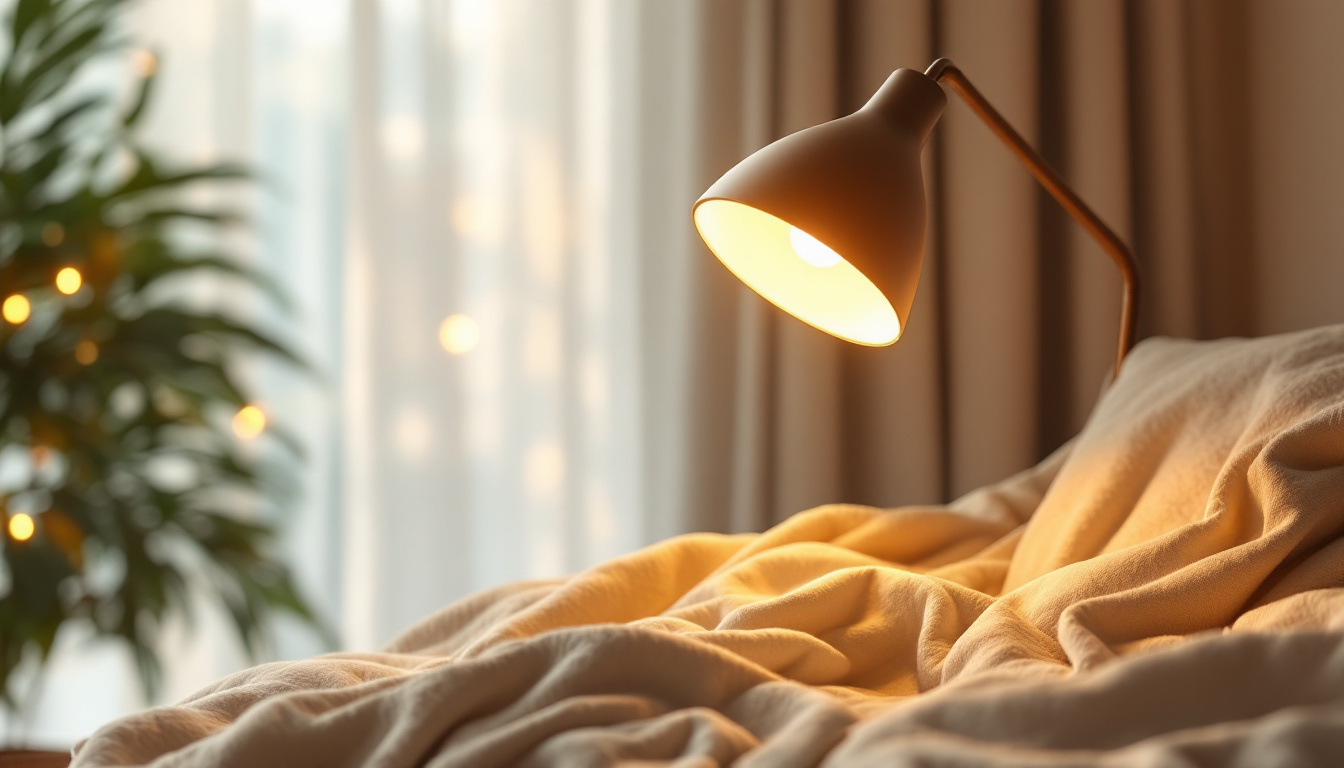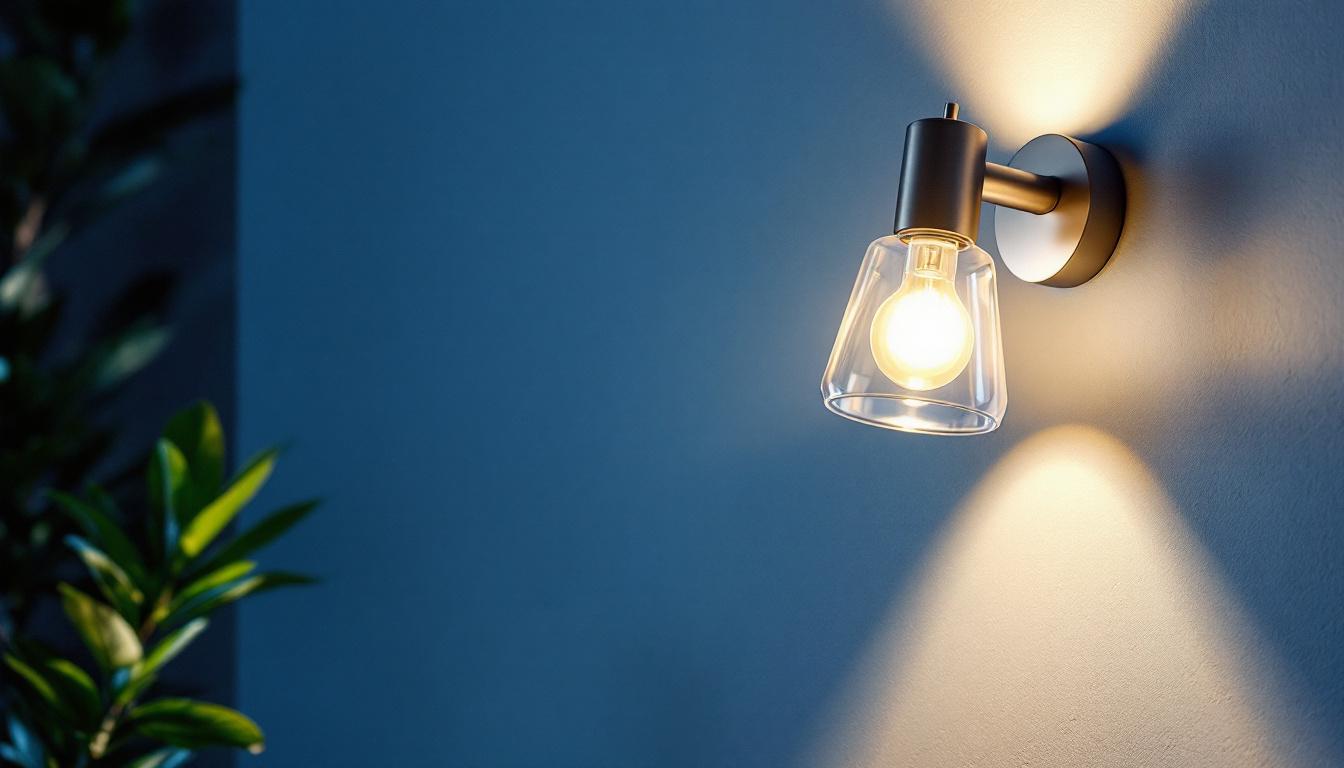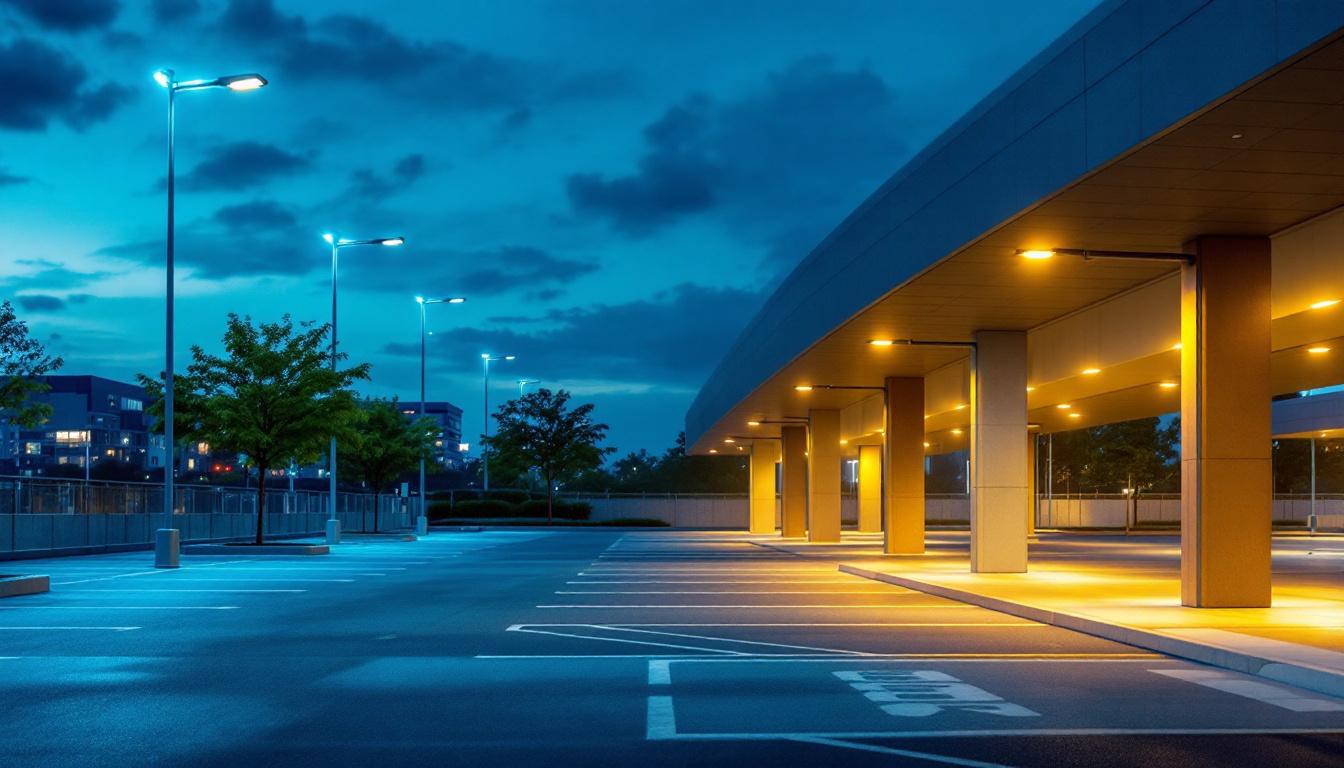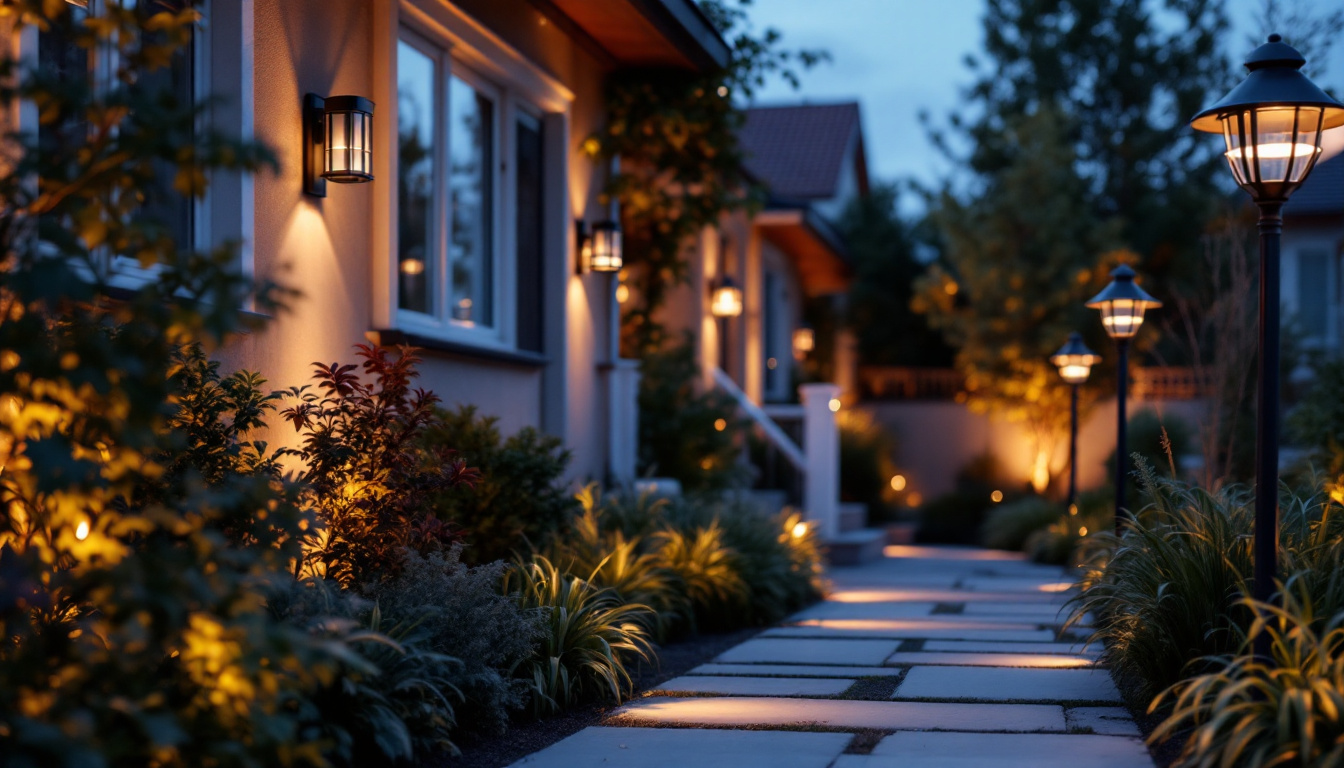
Halide lamps have become a popular choice in various lighting applications, from commercial spaces to outdoor environments. Known for their efficiency and brightness, these lamps are often favored by lighting contractors looking to provide optimal solutions for their clients. This article delves into the intricacies of halide lamps, covering their types, advantages, applications, and maintenance tips.
Halide lamps are a type of high-intensity discharge (HID) lamp that utilizes a mixture of gases and metal halides to produce light. They are known for their excellent color rendering and high luminous efficacy, making them suitable for a wide range of lighting applications. The fundamental operation of halide lamps involves an electric arc that passes through a gas-filled tube, generating light as the gases ionize.
There are several types of halide lamps, each designed for specific applications. The most common types include:
The operation of halide lamps is fascinating. Inside the lamp, a mixture of gases, including mercury and metal halides, is contained within a quartz or ceramic arc tube. When electricity is applied, an arc forms between the electrodes, heating the gases to high temperatures. As the gases ionize, they emit light. The color temperature of the light produced can vary based on the specific metal halides used in the mixture, providing flexibility in lighting design.
One of the key advantages of halide lamps is their ability to produce light with a high color rendering index (CRI), which means that colors appear more vibrant and true to life under their illumination. This characteristic is particularly beneficial in environments where color accuracy is crucial, such as art galleries, photography studios, and retail spaces. Additionally, halide lamps are often favored for their energy efficiency compared to traditional incandescent bulbs, providing significant savings on electricity costs over time.
Moreover, halide lamps have a longer lifespan than many other lighting options, typically lasting between 15,000 to 20,000 hours. This longevity makes them a cost-effective choice for large-scale installations, such as sports arenas and warehouses, where frequent lamp replacements can be both disruptive and expensive. However, it is essential to handle halide lamps with care, as they contain small amounts of hazardous materials, and proper disposal methods must be followed to minimize environmental impact.
Halide lamps offer numerous advantages that make them a preferred choice for many lighting contractors. Understanding these benefits can help in making informed decisions when selecting lighting solutions for clients.
One of the standout features of halide lamps is their high luminous efficacy, which refers to the amount of light produced per watt of electricity consumed. This efficiency translates to lower energy costs and reduced environmental impact, making halide lamps an attractive option for both commercial and residential applications.
Color rendering is crucial in various settings, particularly in retail and art galleries where accurate color perception is essential. Halide lamps boast a high Color Rendering Index (CRI), often exceeding 80, which means they can illuminate colors more accurately compared to other lighting options. This quality enhances the visual appeal of products and spaces, making them more inviting.
Halide lamps typically have a longer lifespan compared to traditional incandescent bulbs. While their lifespan can vary depending on usage and conditions, many halide lamps can last between 10,000 to 20,000 hours. This longevity reduces the frequency of replacements, saving both time and money for contractors and clients alike.
Due to their unique characteristics, halide lamps are versatile and can be used in a variety of applications. Understanding the specific needs of each setting can help contractors choose the right type of halide lamp for optimal performance.
In commercial environments, halide lamps are commonly used for general lighting, accent lighting, and display lighting. Their bright, white light enhances visibility and creates an inviting atmosphere for customers. Retail stores, shopping malls, and showrooms often utilize halide lamps to highlight products effectively.
Halide lamps are also popular in outdoor applications, such as street lighting, parking lots, and sports facilities. Their ability to produce bright light over large areas makes them ideal for enhancing safety and security in outdoor spaces. Additionally, pulse start metal halide lamps are particularly effective in these settings due to their quick start-up times and resilience in colder temperatures.
In industrial settings, halide lamps are used for warehouse lighting, manufacturing plants, and assembly lines. The high intensity and efficiency of these lamps ensure that large work areas are adequately illuminated, promoting productivity and safety among workers. Their durability and long lifespan are additional benefits in demanding industrial environments.
Proper installation is crucial for maximizing the performance of halide lamps. Lighting contractors should be aware of several key factors to ensure optimal results.
When selecting halide lamps, it is essential to consider the compatibility of the fixtures. Halide lamps require specific fixtures designed to handle the heat and intensity of the light they produce. Using the correct fixtures not only ensures safety but also enhances the overall performance of the lighting system.
Halide lamps require specific wiring and ballast systems to operate effectively. The ballast regulates the electrical current to the lamp, ensuring stable performance. Contractors should ensure that the wiring is appropriately rated for the wattage of the halide lamp being installed, as improper wiring can lead to failures or safety hazards.
The positioning and angle of halide lamps play a significant role in achieving the desired lighting effect. Contractors should consider the layout of the space and the specific lighting needs when determining the placement of fixtures. Proper angling can help eliminate shadows and enhance visibility, creating a more pleasant environment.
Regular maintenance is essential to ensure the longevity and efficiency of halide lamps. Understanding the maintenance requirements can help contractors provide better service to their clients.
Dust and debris can accumulate on the surfaces of halide lamps, reducing their brightness and efficiency. Regular cleaning of the lamp and fixtures is necessary to maintain optimal performance. Contractors should recommend a cleaning schedule to clients, ensuring that the lamps are kept in good condition.
It is crucial to monitor the performance of halide lamps regularly. Any flickering, dimming, or color shifts can indicate potential issues with the lamp or ballast. Early detection of these problems allows for timely replacements or repairs, preventing further complications and ensuring consistent lighting quality.
As halide lamps reach the end of their lifespan, it is important to replace them promptly to maintain adequate lighting levels. Additionally, contractors should stay informed about advancements in lighting technology, as newer options may offer improved efficiency and performance. Upgrading to more modern lighting solutions can enhance the overall quality of lighting in a space.
As sustainability becomes increasingly important, understanding the environmental impact of halide lamps is essential for lighting contractors. While halide lamps are more efficient than traditional incandescent bulbs, they still contain materials that require careful handling and disposal.
Halide lamps are known for their energy efficiency, which contributes to reduced carbon footprints. By opting for halide lamps, contractors can help clients save on energy costs while minimizing their environmental impact. Promoting energy-efficient lighting solutions aligns with the growing demand for sustainable practices in various industries.
Halide lamps contain small amounts of mercury, which necessitates proper disposal methods to prevent environmental contamination. Contractors should educate clients on the importance of recycling and disposing of halide lamps through designated programs. This practice not only complies with environmental regulations but also fosters responsible stewardship of resources.
As technology evolves, many contractors are exploring the transition from halide lamps to LED alternatives. LED lighting offers even greater energy efficiency and longer lifespans, making them an attractive option for many applications. However, contractors should carefully assess the specific needs of each project before recommending a switch, as halide lamps still hold advantages in certain scenarios.
Halide lamps remain a vital component of modern lighting solutions, offering a blend of efficiency, brightness, and color rendering capabilities. For lighting contractors, understanding the intricacies of halide lamps—from their types and advantages to installation and maintenance—is essential for providing optimal lighting solutions to clients. As the industry continues to evolve, staying informed about advancements and best practices will ensure that contractors can meet the diverse needs of their customers effectively.
By embracing the benefits of halide lamps while considering environmental implications and emerging technologies, lighting contractors can enhance their service offerings and contribute to a more sustainable future in lighting.
Ready to elevate your lighting solutions with the efficiency and brilliance of halide lamps? At LumenWholesale, we provide lighting contractors with the highest quality, spec-grade halide lamps at prices that can’t be beaten. Say goodbye to local distributor markups and hello to our extensive selection that meets rigorous industry standards. With free shipping on bulk orders, you can trust that you’re getting premium lighting at the best value — no hidden fees, no compromises. Don’t miss out on the perfect combination of quality, affordability, and convenience. Visit LumenWholesale today and make your next lighting project shine brighter than ever.

Discover expert hacks for wall-mounted light fixtures that enhance smart lighting design, boost efficiency, and increase client satisfaction—transform your contracting projects today!.

Discover the latest trends in parking lot light fixtures that every lighting contractor needs to know.

Discover how outdoor lamps not only illuminate your surroundings but also significantly enhance safety in lighting installations.

Explore how dimming lights can significantly enhance energy efficiency in homes and businesses.